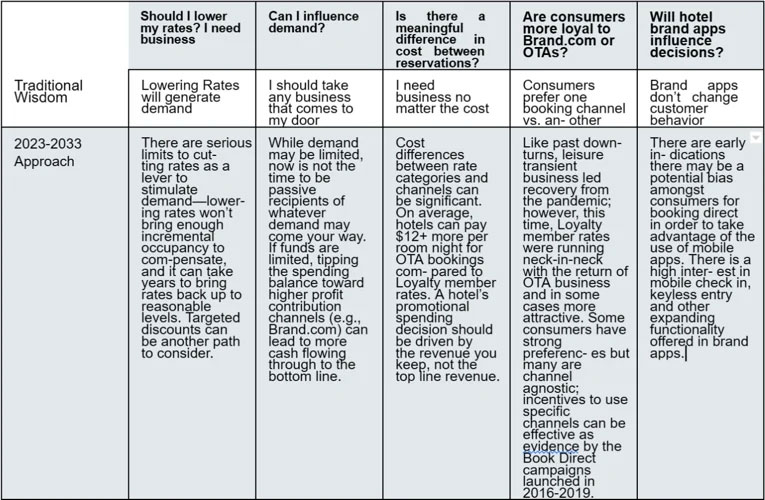Based purely on a cost-per-channel assessment, a hotelier might think that he or she should fill their hotel only with bookings from Brand.com with its high profit margins, but most hotels fill up with a mixture of demand from all channels, some from direct channels and some third-party channels. Most hotels have traditionally managed segment and channel mix somewhat passively with many assuming that channel selection is in the hands of the guest; however, for a hotel to improve its profit levels, it has to establish clear goals by segment and channel and pursue them with an intentional plan. And guests’ choice of the channel they use for information gathering or booking is heavily influenced by advertisers and suppliers of travel products.
It will not help a hotel to wish for a higher percentage of higher value business if the demand for it in its location is not there. However, if demand exists in profitable channels and the hotel is not poised to take advantage of it, there could be a lot of money left “on the table.” This is not the desired scenario for any hotel owner or manager and it can be avoided with a proactive commercial strategy.
However, if demand is meager from high-profit channels, and the lower rated business spigot is running, a hotel should tap into this stream as long as it can justify that it makes some profit on every booking. Taking it on the top line with limited or no flow-through to the bottom line is not a sustainable method, even if it covers operating cash flow requirements in the short term.
The work of commercial strategy starts by identifying the opportunities in the market. In contrast to a legacy approach, the team will also consider the costs along with the revenue targets. Once the team knows what is available and understands the value of each opportunity, they can decide which ones to pursue and how much they are willing to pay to acquire the targeted business. It may not always be the highest value opportunities, but could be those that can be more readily converted. For example, a hotel with $95,000 worth of government business may decide to make it a priority because they know the business is booked by 15 known accounts and agencies that are easy to contact. The team identified segments with opportunity worth 3-4x as much, but the cost and lead time to acquire that business compared to the quick win they expected from the government opportunity put it at the top of their tactical hit list.
Once the target is set and its value known, the funds to acquire it can be established. Each hotel, with its owner and operating team, can align spending with the expected revenue so costs are controlled and appropriate for the benefit expected.
It’s All About the Costs…or actually, Isn’t It Really All About the Profit Contribution?
Determining an optimal channel mix is not about cutting out third party business and taking it all
direct; it is about getting the best mix of business that is profitable. Some third-party volume may prove more attractive than direct depending on the costs to acquire it. Naturally, channels vary in profitability, but it is not advisable to accept business through a channel that consistently contributes little to no profit. If a channel brings consumers that may return or spend more money in high profit ancillary revenue centers, or have longer stays, it may be worth paying more to acquire them the first time. This concept is sound as long as a hotel can prove that customers come back; that they stay longer reducing operational expenses; and/or that they spend enough money in revenue centers beyond the room rate to make it worthwhile to incur the high acquisition costs. “Hoping it will work out” is not a viable strategy.
Frequently Asked Questions on Setting Objectives
As opportunities are identified, it can be easy to revert to old habits. Successful commercial teams should spend some of their planning time identifying old habits and tendencies they want to avoid in the future. The following table highlights some common questions or challenges teams face.


